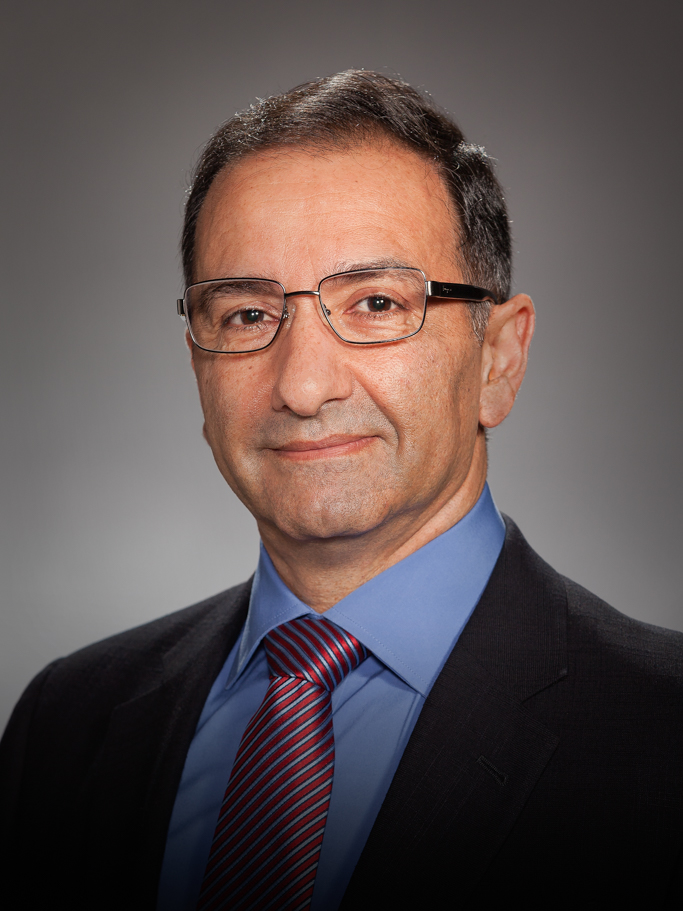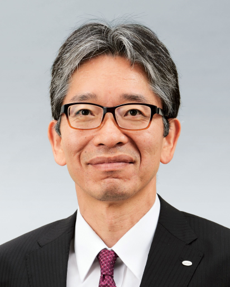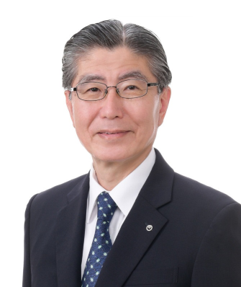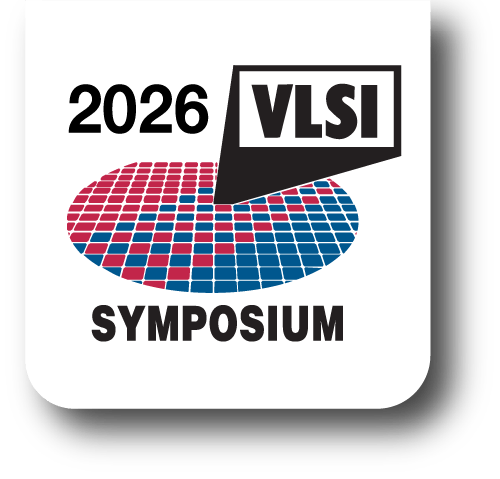Tuesday, June 18th
Making Sense at the Edge

Semiconductor technology provides the foundation for advanced embedded sensing and actuating technologies across a broad range of applications enabling data driven intelligent systems. Advances in nanotechnology, analog and digital signal processing, embedded/edge machine learning algorithms, connectivity and battery technology have enabled high performance sensing and actuation which was inaccessible a decade ago. Yet in many sensing and actuating modalities, nature offers a significantly more efficient edge computing sensory solution leveraging the hierarchical physical, analog and digital signal processing to optimize performance and energy consumption. In this talk, we review some examples of low power adaptive biosensors as well as bio inspired sensor fusion and how they inspire innovative new devices, circuits and ML systems for intelligent sensing and actuating.
Mobility Evolution: Electrification and Automation

The automotive industry faces two challenges: environmental impact reduction and safety enhancement. Particularly, efforts to achieve zero CO2 emissions and zero traffic fatalities are urgent issues for the coming decade. Electrification, the transition from internal combustion engines to electric motors, profoundly alters vehicle mechanics. Automation, transferring driving control from humans to computers, integrates software and information technologies into the vehicle system. In both electrification and automation, semiconductor devices’ evolution is key. For electrification, the power device managing current from the battery to the motor is crucial for inverter operation. Additionally, an analog sensing device measuring current to and from the battery delivers essential data regarding the battery’s state of charge and health. As for automation, various sensors – including camera, radar, lidar and sonar – that monitor outside and inside of the vehicle are required. Furthermore, high-performance computers and wireless communication devices are required to process sensor data, establish a connection between the vehicle and an external network, and control the vehicle on behalf of the human driver. This plenary talk will introduce and explain the functions of these semiconductor devices.
Wednesday, June 19th
Wireless and Future Hyperconnected World

Wireless networks will become the backbone of our hyper-connected world by providing high-speed, low-latency data transmission. Through a fusion of terrestrial cellular networks, satellite communication, and local wireless area networks, this infrastructure will seamlessly support continuous connectivity for billions of devices and cater to essential needs such as emergency response, remote work, automation, and operational efficiency. The integration of sensing technologies enriches wireless networks with contextual awareness and environmental intelligence. With billions of sensors capturing real-time data, these networks empower AI-driven algorithms to optimize performance, anticipate user requirements, and overcome potential obstacles. Semiconductor breakthroughs are pivotal in realizing intelligent wireless connectivity. Advanced chip sets, featuring embedded AI accelerators, empower AI algorithms to process data locally and make informed decisions in near real-time. Energy-efficient semiconductor designs also extend device battery life. This presentation will review key advances of wireless technology and present emerging technologies that will shape its evolution.
Photonics-electronics Convergence Devices to Accelerate IOWN

IOWN (Innovative Optical Wireless Network) is an initiative to create a sustainable society that cannot be achieved with current network infrastructure. By taking advantage of optical technology for across-the-board network communications and computing, NTT is aiming to provide a new ICT platform that features high-capacity, high-quality, low-latency, and low-power consumption. The primary requirements for device technology are ultra-fine semiconductor manufacturing processes, ultra-high density assembly, and photonics-electronics convergence. Thus, NTT is promoting research and development in accordance with the roadmap to incorporate optical communications technology into the details of computing components step by step. This challenge could lead to the ultimate computing capacity that extends Moore’s law, and we believe it can resolve the ever-increasing power consumption problem of information processing and contribute to the realization of carbon neutrality.



